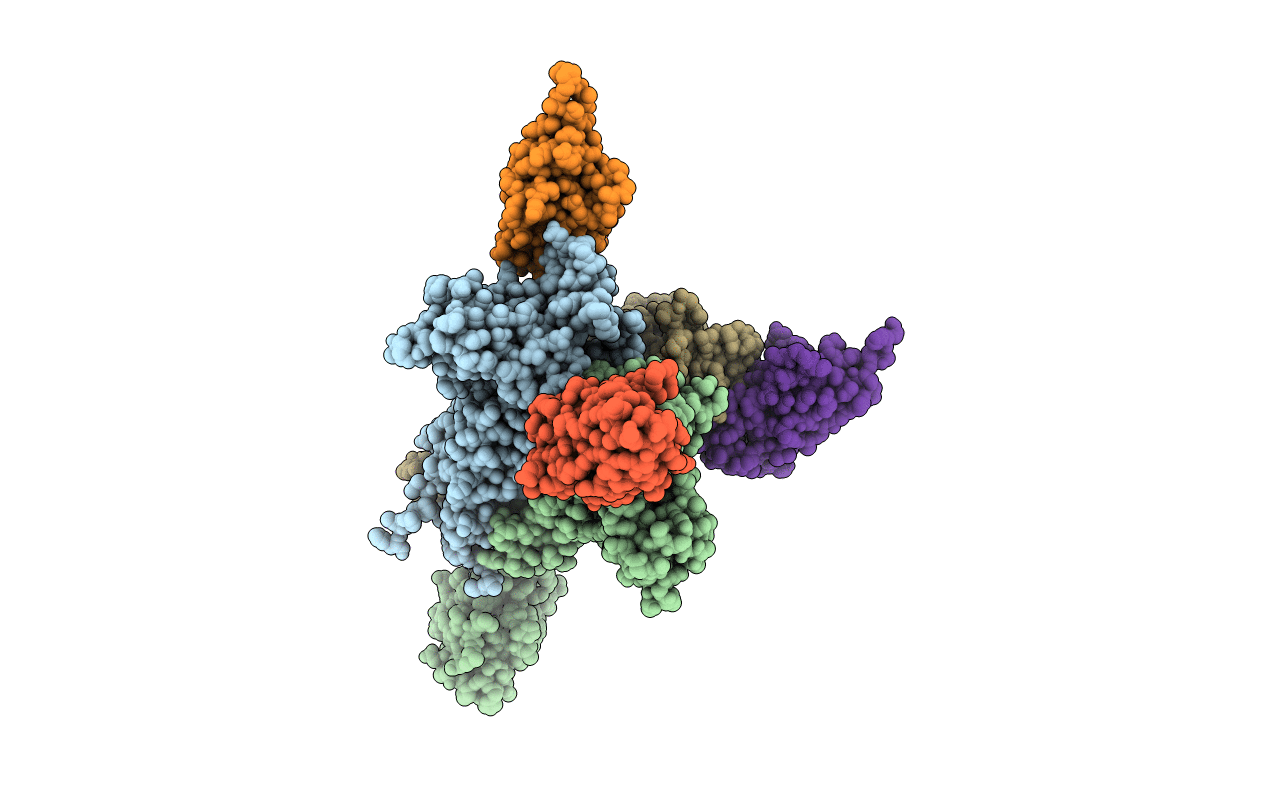
Deposition Date
2016-10-13
Release Date
2017-06-21
Last Version Date
2024-11-20
Entry Detail
PDB ID:
5M30
Keywords:
Title:
Structure of TssK from T6SS EAEC in complex with nanobody nb18
Biological Source:
Source Organism:
Escherichia coli (Taxon ID: 562)
Vicugna pacos (Taxon ID: 30538)
Vicugna pacos (Taxon ID: 30538)
Host Organism:
Method Details:
Experimental Method:
Resolution:
2.60 Å
R-Value Free:
0.22
R-Value Work:
0.20
R-Value Observed:
0.20
Space Group:
P 21 21 21


